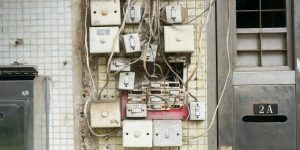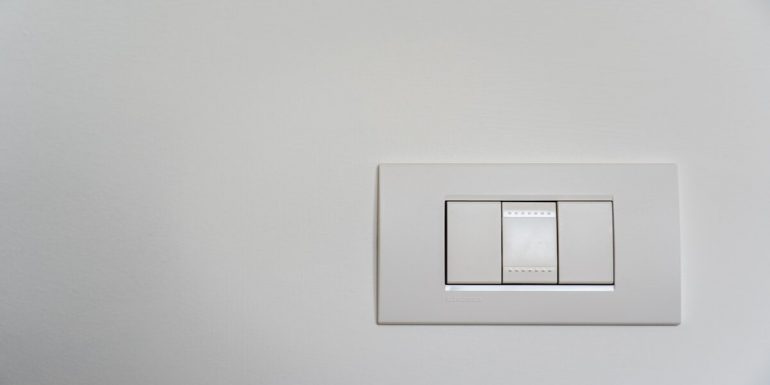An older home has the potential to be an excellent investment. With the right electric upgrades, it’s a comfortable and stylish space that meets your family’s needs. Most older homes have more space, character, and style than many newly built homes.
Most are located in well-established neighborhoods with good schools and community amenities.
If you’re thinking of purchasing an older home or already live in one, electric upgrades are a necessary part of the equation. Here are six upgrades to consider:
Update The Outlets

An older home may have two-pronged outlets that are incompatible with today’s three-pronged plugs. This can create a potential shock hazard. Upgrading to three-pronged outlets will make your home safer and allow you to use modern appliances and electronics.
An electrical contracting in Columbus OH company, or one near you can easily update your outlets. Check if you require more outlets during the exercise, which is common in most old houses.
Install GFCIs
GFCIs, or ground fault circuit interrupters, are necessary for any home. They protect against electrical shocks by interrupting the flow of electricity when there is a ground fault.
Have this critical safety feature installed in all areas of your home where water is present, including kitchens, bathrooms, laundry rooms, and outdoor outlets. The National Electric Code requires GFCIs installed in all new homes.
Upgrade Your Electrical Panel

If your home is more than 40 years old, there’s a good chance that your electrical panel is outdated. Old systems may not handle the electric needs of a modern home.
If you’re planning on major electric upgrades, such as adding a new air conditioner or an electric car charger, upgrade the panel first.
The new panel will be sized according to the needs of your home and will include a main breaker that will shut off all power in an emergency.
It will also have individual breakers for each circuit in your home. Consult an expert and let them handle the electric upgrades for maximum safety and reduced errors.
Bring Your Wiring Up To Code
If your home is more than 50 years old, the wiring may not meet current electrical codes. While this doesn’t pose an immediate safety hazard, it’s better to have the wiring inspected by a professional. If any wiring needs a replacement, it’s best to do it before making electric upgrades.
Add More Lighting

Older homes often have insufficient lighting. This can be due to several factors, such as small windows, dark paint colors, and inadequate lighting fixtures. Adding more lighting will not only make your home more attractive but will also make it safer.
You’ll be able to see better when you’re cooking, cleaning, and moving around. There are many ways to add more lighting, such as installing new light fixtures, adding recessed lighting, or painting your walls a brighter color.
Install A Whole-House Surge Protector
A whole-house surge protector is a wise investment for any home, but it’s vital in an older home. An electrical surge can damage your appliances and the electrical system. A whole-house surge protector will protect your home from power surges by diverting the excess electricity to a grounding wire.
This critical safety feature is relatively inexpensive and can save you a lot of money in the long run. It’s installed at your main electrical panel and should be done by a professional.
Make a Plan
Upgrading an older home’s electrical system is not a one-day job. It is, however, a necessary one. Have an expert inspect your home’s electrical system and plan to update it, starting with the most critical parts.
The effort will ensure your home is safe and up to code. It will also enable you to invest in smart home technologies and take advantage of energy-saving appliances.




